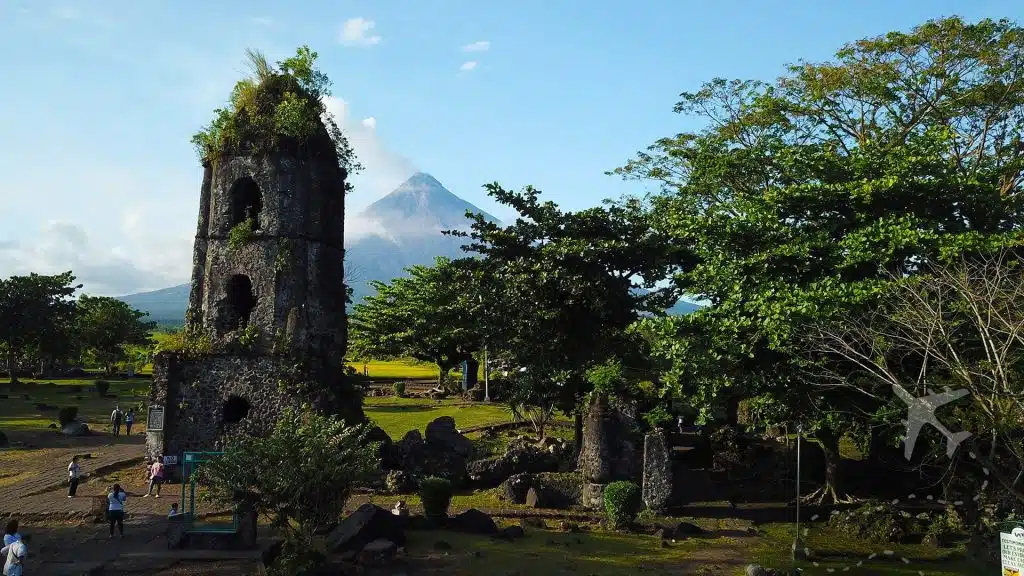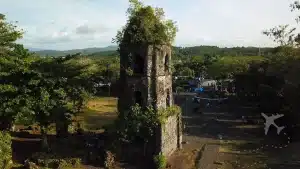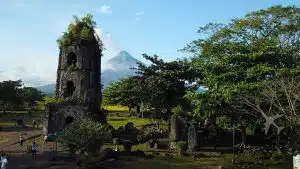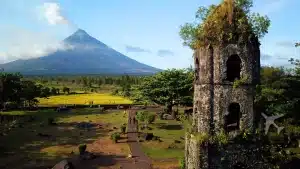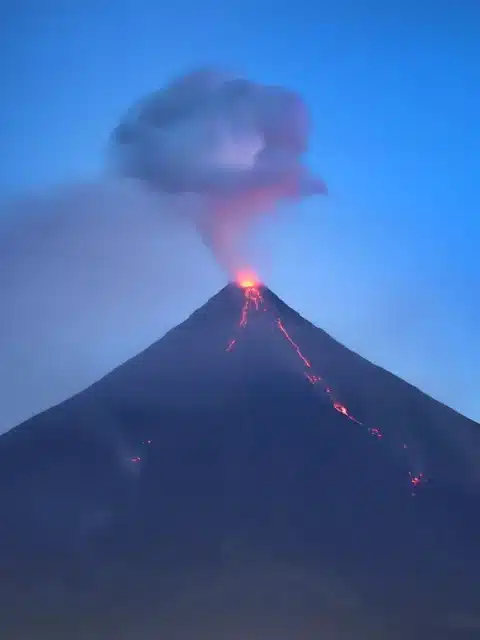Cagsawa Ruins: The Philippine Town Destroyed by a Volcano
Discover the breathtaking beauty and the reason why the Church’s Bell Tower is the only structure left after the 1814 eruption of Mayon.
Nestled in the heart of the Philippines is one of its most haunting and captivating attractions: the Cagsawa Ruins. Located in Legazpi City, Albay, these remnants of a 16th-century church serve as a chilling yet awe-inspiring reminder of nature’s untamed power and humanity’s resilience. Towering in the distance is the Mayon Volcano, famous for its near-perfect cone shape and breathtaking beauty—yet it’s also the reason for Cagsawa’s tragic fate.
The Cagsawa Church was initially built by Franciscan missionaries in 1587, only to be destroyed by pirates in the early 17th century. Rebuilt in 1724, it became a symbol of faith and hope for the local community. However, on February 1, 1814, its legacy was forever changed. Mount Mayon, notorious for its frequent eruptions, unleashed one of the most violent eruptions in Philippine history. Lava flows and pyroclastic surges engulfed the church and surrounding town, burying nearly 1,200 people who sought refuge within its walls.
When the dust finally settled, only the bell tower remained, rising eerily above the buried structure. Today, the Cagsawa Ruins stand as a stark reminder of that tragic day, drawing visitors intrigued by both its beauty and the dark stories it holds. Walking through the site, one can feel the weight of history in the preserved stones and gaze up at the volcano that still looms ominously in the background. It’s a surreal experience, especially for dark tourism enthusiasts exploring sites where human tragedy meets natural beauty. Beyond its picturesque ruins, Cagsawa offers visitors a unique glimpse into the past and a sobering reminder of nature’s force—a place as haunting as it is beautiful, preserving the echoes of lives lost and stories untold.
Photo Gallery
Cagsawa Ruins Uncensored
Today, the church’s bell tower is the only remaining architectural structure left at the national park after the massive 1814 eruption of Mayon. The converted ruins are a favorite park where local festivals take place. The ruins are a tourist draw as the area has many Mayon-themed activities.
When you explore this historic Philippine destination, you’ll first notice how much destruction there is and the sobering fact that you’re 11 kilometers away from the base of Mayon. The scale and devastation reinforce that Mother Nature is firmly in charge and humans are just along for the wild ride.
To maximize your Instagramm-ability, check the weather and plan your trip when Mayon’s summit is cloud-free. Typically, this is early morning; however, cloud cover shifts quickly based on the wind patterns.
Everything you need to know before you visit the Cagsawa Ruins
CURRENT WEATHER
overcast clouds (24 C / 75 F)AIR QUALITY
Good (39)GPS COORDINATIONS
13.1661, 123.7011
HIGH SEASON (MOST EXPENSIVE)
April – August
November – January
LOW SEASON (LEAST EXPENSIVE)
September – October February – March


